Villa de Corullón 2018
Descripción
Villa de Corullón es un vino delicado, envolvente y elegante, fruto de las cuestas empinadas del Bierzo, de ese paisaje que combina factores mediterráneos y atlánticos a la vez y que aporta sedosidad, frescura y mineralidad a los vinos. En esta añada, especialmente lluviosa respecto a la anterior, que fue muy seca, se espera un vino muy diferente al 2017. Con más tensión y nervio, si cabe.
Ficha técnica
Cata
Viñedo y elaboración
Opinión de los críticos
The village wine 2018 Corullón has, for the first time, the new category Vino de Villa (village wine!). It comes from around 90 plots of their own vineyards. In the cooler and more Atlantic 2018, they had more rain than the previous two vintages and a lower average temperature, and they think it was excellent for their wines ("a modern version of 2001," Ricardo Pérez Palacios told me). There are around 8% white grapes here, and the wine fermented in oak vats with punching down, and the élevage was in a combination of barriques, bocoyes and foudres, oak containers of different sizes, and was short of 11 months. This is the modern version of 2001 and 2012, and in 2018, it has the part of Moncerbal (almost 40%) that was not in the 2017 (because of hail, the Moncerbal bottling was not produced in 2017), so it goes back to the classical style. There is terrific balance here, great purity, with the essence of slate; here, we move from the fruit of the Pétalos to the herbs. But there is complexity and nuance, violets, rockrose, sap, resin, fern, cinnamon and citrus, all very subtle and harmonious. The flavors have similar purity, and if these wines never have high acidity, there is great freshness, soft citrus, all very subtle and velvety. This is sooo easy to drink it could be dangerous... They produced 23,034 bottles and other formats, half-bottles, magnums, double magnums and jeroboams. It was bottled in January 2020.
Fragrant nose of loganberries, wild raspberries, lemon zest, walnuts, bark, violets and dried spices. Medium-bodied with firm, silky tannins. Elegant and precise. Tight, mineral finish. Better from 2022.
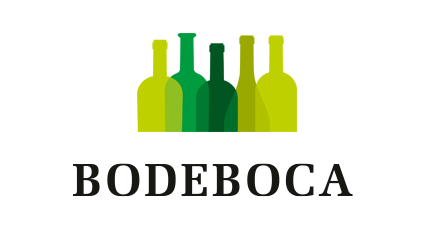
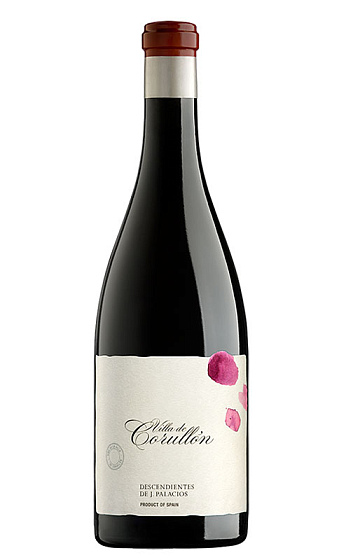

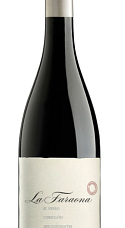
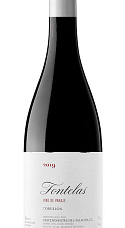
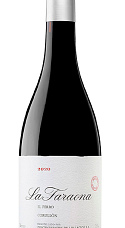
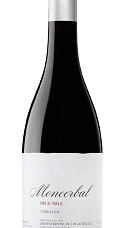


Añadas: 2022 2021 2020 2018
Esta añada no tiene valoraciones todavía. Pincha en las otras añadas para ver sus valoraciones.
Vino fantástico, sutil, redondo … para repetir
Está para beberse un palet y medio
Entiendo la puntuación de L Gutiérrez teniendo en cuenta las dificultades climatológicas,necesita más botella,el precio es alto.3,75☆ hoy
Este tío es la ostia, todo lo que hace es espectacular. Muy muy bueno, fácil de beber y muy sabroso, gusta si o si
Pues me dejó muy indiferente. Además tenía un aroma azufrado un tanto raro....
Corullón es un icono de la factoría Alvaro Palacios, que representa la gran riqueza del Bierzo, y porque es nuestra Borgoña. Elegante
this wine did not convince us, compared to other mencia wines not our favorite. Maybe needs more time in the bottle. We will wait